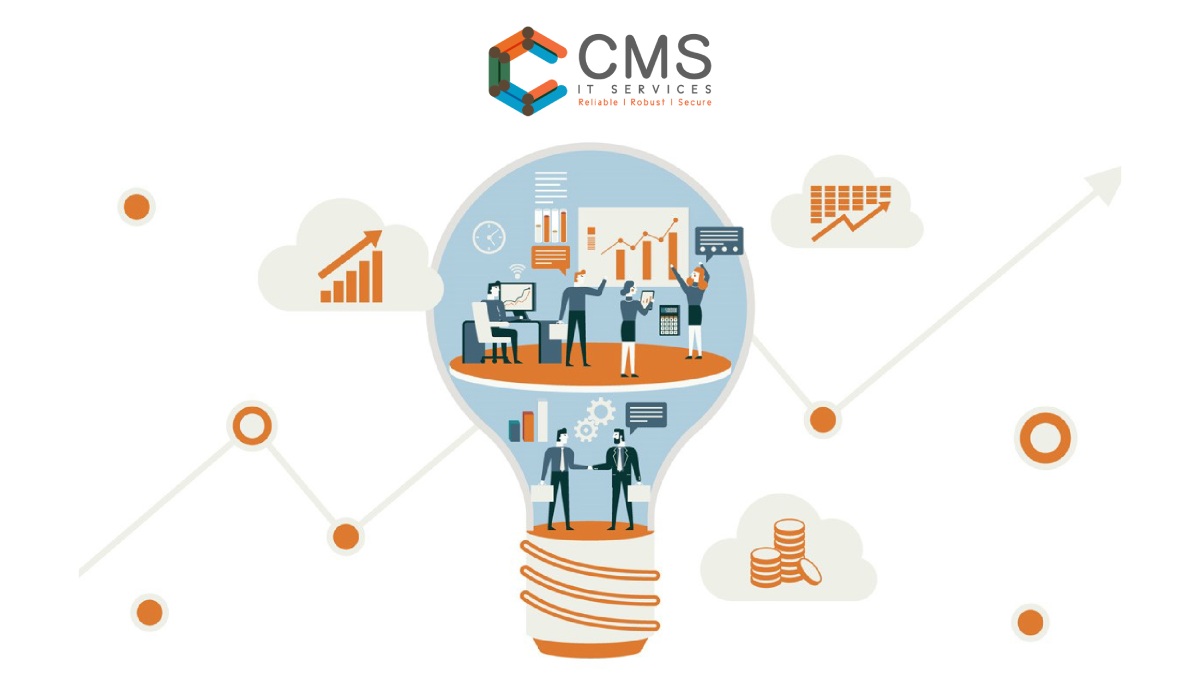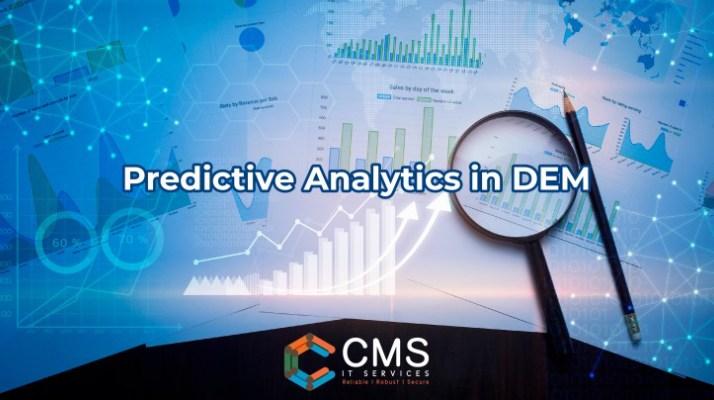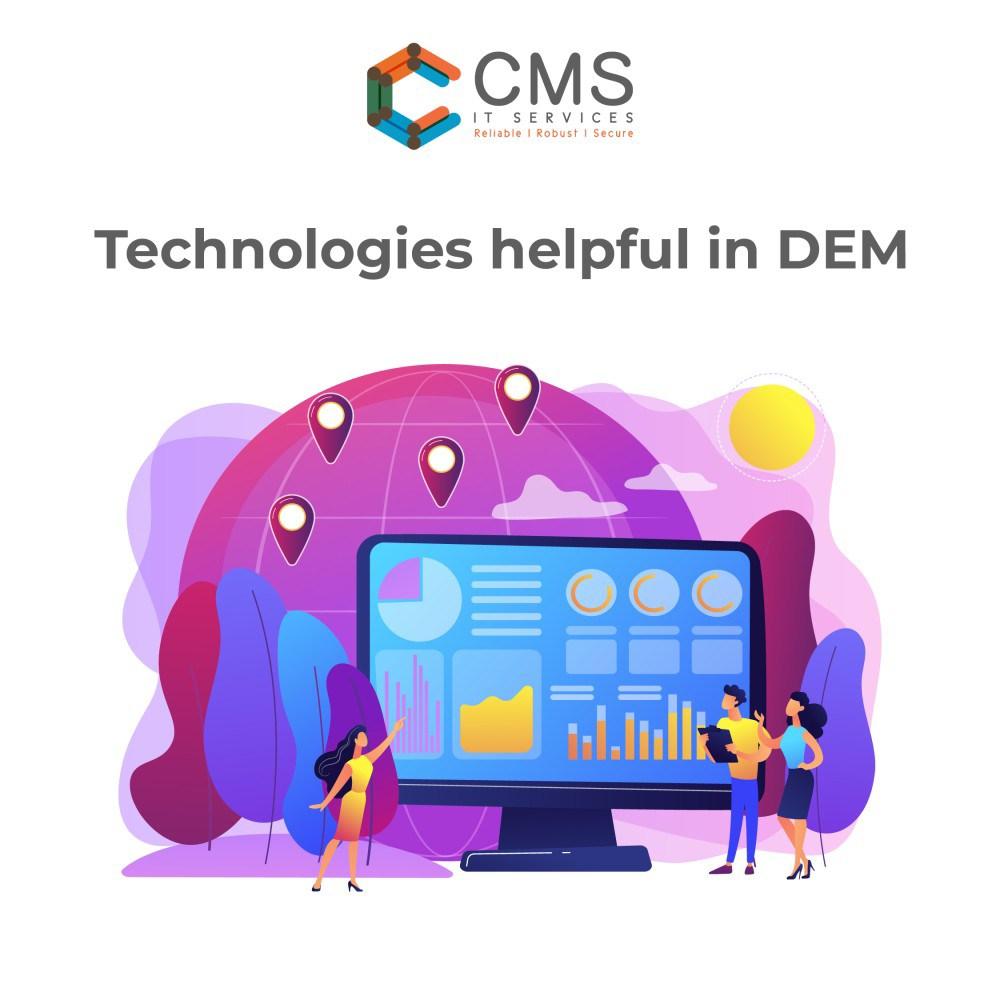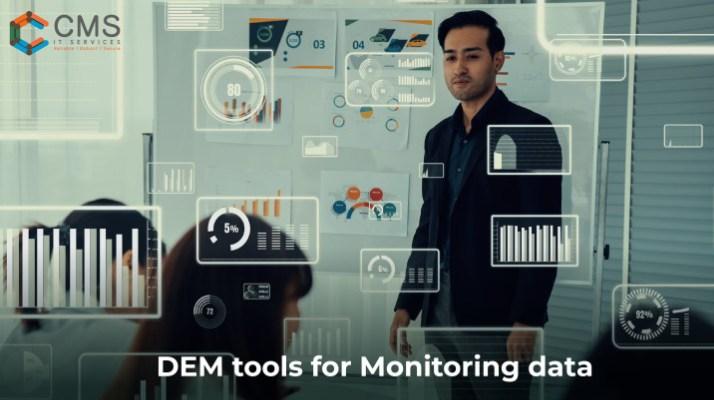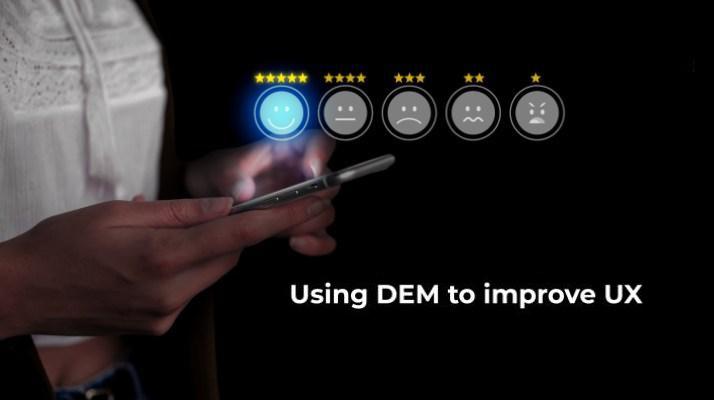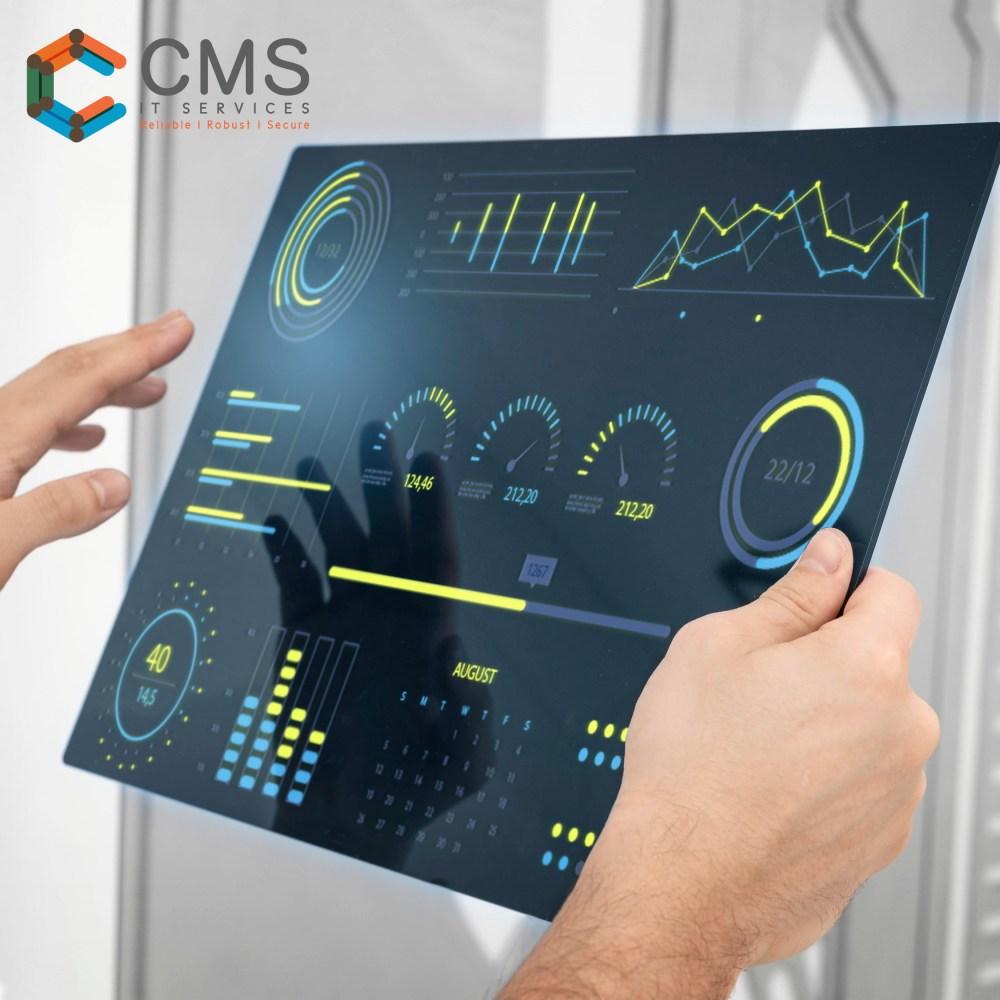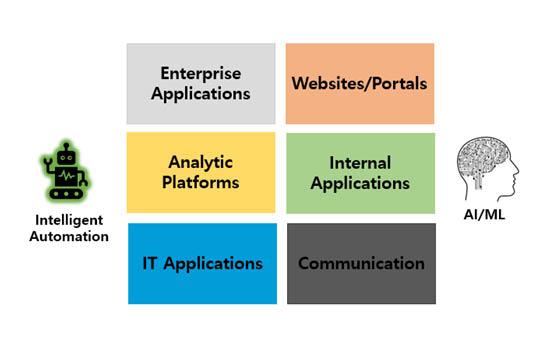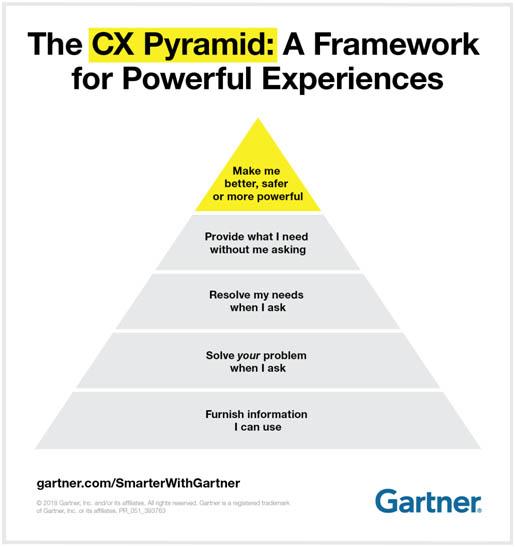Digital Dexterity is an approach that enables organizations to build an agile and flexible workforce that is instrumental to the success of digital transformation projects. This approach allows companies to adapt to the advent of new technologies, changing customer expectations, industry shifts and so on.
The Benefits of Digital Dexterity at the Workplace.
- Higher Flexibility: Digitally dexterous employees are more willing to try new solutions and enables the company’s journey to a digital transformation.
- More Autonomy: Employees are willing to work on projects with initiatives and demanding requirements. They know that they play a pivotal part in the success of these projects.
- Better Efficiency: As digital adoptions grow, the employees take advantage and adapt them to improve their own department’s efficiency.
- Remote Workability: The workforce can work from anyplace in a work environment that provides them with appropriate technologies.
- The Bigger Picture: Employees with high digital dexterity understand that digitalization benefits the company as a whole and are willing to take risks to pursue this result.
Challenges that Organisations may face in Implementing Digital Dexterity
Whenever there is the introduction of new technology in an organization, the success of the adoption and consumption depends on the digital dexterity of the employees. If the employees are ready to adjust the workflow to accommodate the digital drive, the project runs smoothly and swiftly re-calibrating human and digital resources.
In the current state “Technology” is growing and changing rapidly. Some companies find it difficult to cope up, while others proactively develop their systems and infrastructure well in advance, to sustain the upcoming changes.
Organizations often find it difficult to move out of the status quo. And instead of bringing in a change, they pivot to the middle of any such changes. The reason is lack of Digital Dexterity.
It is, therefore, crucial for businesses to ingrain DIGITAL DEXTERITY in their organizations for their own survival.
Who owns Digital Dexterity?
The answer is simple, it is the organization. However, while the availability of necessary tools for Digital Dexterity goes Top-Down; it ultimately comes down to individual departments, managers, and personnel to embrace it. The buy-in at all levels is what will ensure the success of such initiatives.
Why focus on Digital Dexterity?
In the current times, many companies are transitioning from the PC-based environment to more sophisticated services figuring out their needs in the dynamic environment of AI and cloud. The gap is when internal workforces do not evolve as quickly to the adoption. This widens the disparity between the ‘rate of technology introduction’ and ‘employee’s ability to exploit the technology’. This gap is one of the biggest obstructions in the path to digital transformation.
Digital Dexterity is ergo, the answer to change how your organization uses technology to deliver business value.
